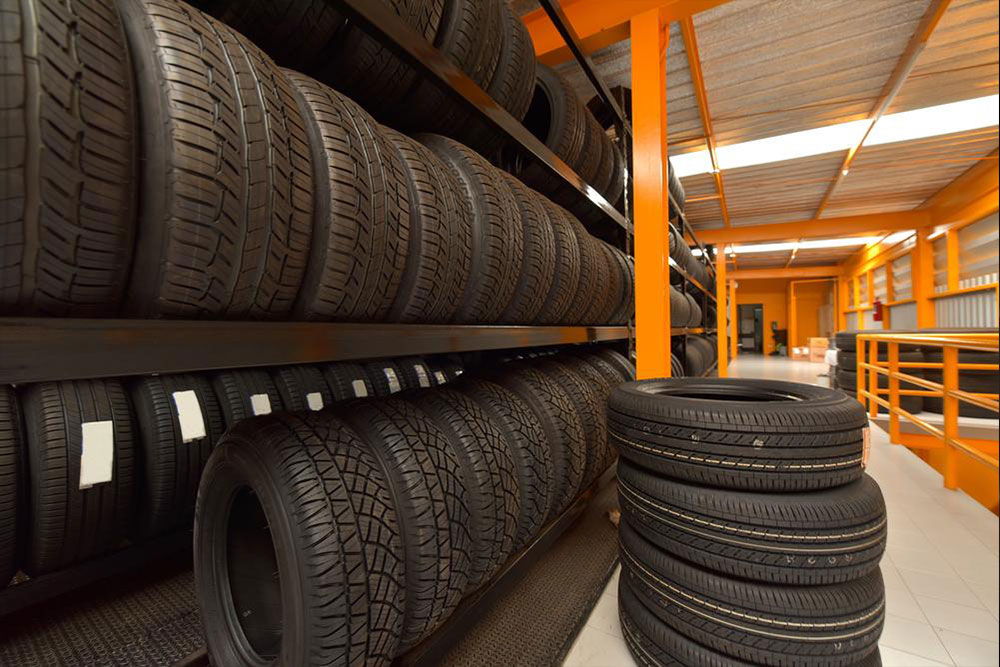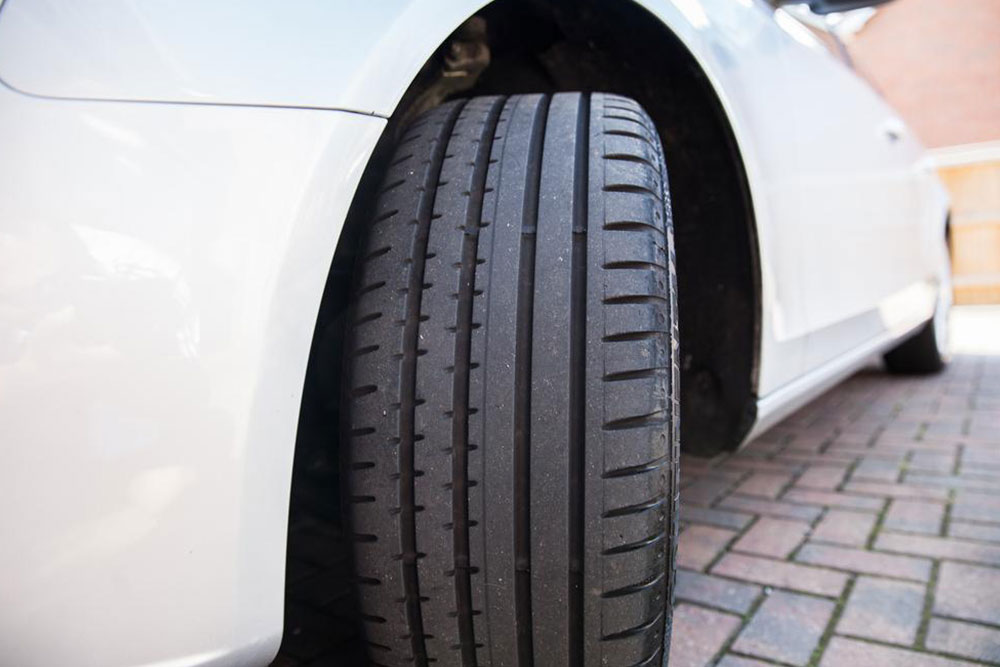Comprehensive Guide to Preparing Your Vehicle for Winter Driving
Prepare your vehicle thoroughly for winter with essential tips that enhance safety, improve performance, and prevent mishaps. Learn about checking fluids, replacing wipers, upgrading tires, and emergency preparedness to stay safe on icy roads throughout the season.

Essential Strategies for Safe and Effective Winter Vehicle Preparation
As the cold grip of winter begins to settle in across North America, vehicle owners must prioritize winter readiness to ensure safety on the roads. Winter driving presents unique challenges, including snow, ice, freezing temperatures, and reduced visibility, all of which can compromise vehicle performance and safety if not properly addressed. Properly winterizing your car not only helps in preventing costly repairs but also significantly reduces the risk of accidents, breakdowns, and dangerous situations during the colder months.
Preparing your vehicle for winter involves a comprehensive check-up of critical components such as tires, batteries, fluids, and other essential parts. This proactive approach ensures your vehicle functions optimally in freezing temperatures and adverse weather conditions, giving you peace of mind whether you're commuting to work or embarking on longer winter trips.
Below are detailed, practical tips and effective strategies to winterize your vehicle, covering everything from fluid checks to emergency preparedness. Following these steps can make a substantial difference in your winter driving experience, keeping you safe, confident, and comfortable on icy roads.
1. Examine and Top Off Your Vehicle’s Fluids
One of the fundamental steps in winter car preparation is ensuring all vital fluids are at their proper levels and are suitable for cold temperatures. Antifreeze, also known as coolant, plays a crucial role in preventing your engine's cooling system from freezing, which can cause severe engine damage. It's essential to check the antifreeze concentration and ensure it meets the manufacturer's specifications for winter conditions.
Similarly, windshield washer fluid should be replaced with a winter-grade variety that contains antifreeze compounds, preventing it from freezing and ensuring your visibility remains unobstructed during snow or sleet storms. Regularly inspecting and topping off brake fluid, transmission fluid, and oil levels are also vital, as these fluids influence critical safety functions and overall vehicle performance.
2. Replace and Maintain Windshield Wipers
Visibility is paramount during winter driving. Cold weather, snow, and ice can quickly impair your ability to see the road clearly. Installing winter-grade wiper blades, which are designed to withstand low temperatures and resist ice buildup, enhances their durability and effectiveness. Moreover, switching to low-temperature windshield washer fluids prevents freezing and ensures that debris, salt, and grime are effectively cleaned from your windshield.
Regular inspection of your wipers for signs of wear or cracking is essential; replace them if they show signs of deterioration. Clear, streak-free wiping improves safety by providing optimal visibility during harsh winter conditions.
3. Upgrade to Winter Tires for Better Traction
Your vehicle’s tires are directly responsible for grip and control, especially on icy or snowy surfaces. All-season tires may suffice in milder conditions, but dedicated winter tires significantly outperform them on cold, slick roads. These tires are constructed with specialized rubber compounds that remain flexible in low temperatures and feature tread patterns optimized for snow and ice.
Switching to winter tires improves traction, handling, and braking performance, reducing the likelihood of skidding or getting stuck. Investing in quality winter tires and ensuring they are properly inflated is one of the safest choices you can make for winter driving.
4. Conduct Battery Health Checks
Cold weather heavily impacts vehicle batteries, reducing their power output and efficiency. On average, automotive batteries last about five years, but their performance decline accelerates in low temperatures. Before winter sets in, it's advisable to have your battery tested at a trusted service center.
If your battery’s charge capacity or overall health is compromised, consider replacing it proactively to prevent unexpected breakdowns. Ensure battery terminals are clean and tightly connected, as corrosion or loose connections can further impair starting in cold conditions.
5. Use Cold-Weather Engine Oil
The viscosity of engine oil affects how easily your engine starts and runs in winter. During cold months, selecting an engine oil with suitable viscosity ratings, such as a lower SAE grade, ensures smooth engine startup and proper lubrication. Consult your vehicle’s manual for recommended oil types optimal for winter conditions.
Utilizing winter-grade engine oil reduces strain on the engine during cold starts, improves fuel efficiency, and minimizes wear and tear, ultimately extending the lifespan of your vehicle.
6. Assemble an Emergency Winter Kit
Despite all precautions, emergencies can still occur. Being prepared with an emergency kit can make the difference between a minor inconvenience and a hazardous situation. Essential items to include are a flashlight with extra batteries, jumper cables, warm clothing and blankets, a snowbrush and ice scraper, a compact shovel, non-perishable snacks, bottled water, and a basic first aid kit.
Additionally, consider including sand or kitty litter for traction, a reflector or flares for signaling, and a cell phone charger. Carrying these supplies ensures basic safety and comfort if your vehicle gets stuck, breaks down, or you need to assist others during winter conditions.
In conclusion, meticulous winter vehicle preparation is vital for safe driving in cold climates. By thoroughly inspecting fluids, upgrading tires, maintaining the battery, choosing appropriate engine oil, and assembling emergency supplies, you can navigate winter roads with confidence and peace of mind. Remember that proactive maintenance not only keeps your vehicle in optimal condition but also enhances your safety and that of everyone on the road during the challenging winter months.





